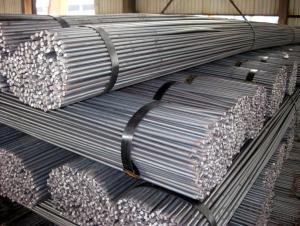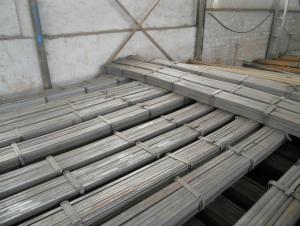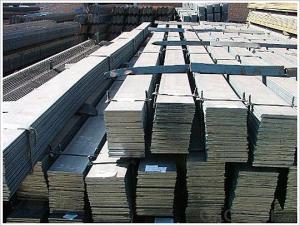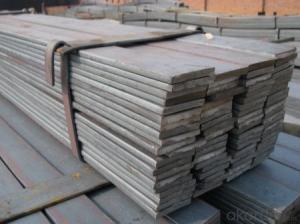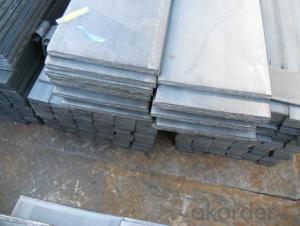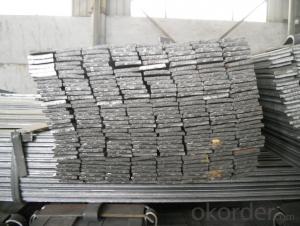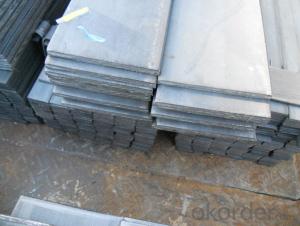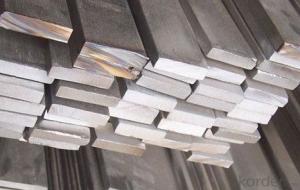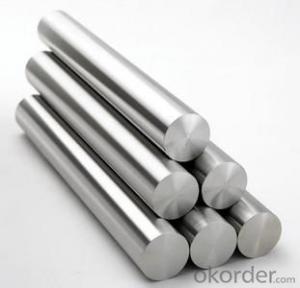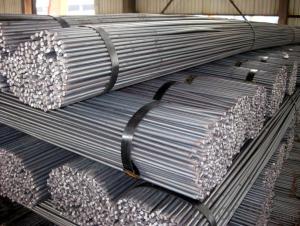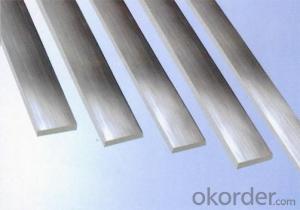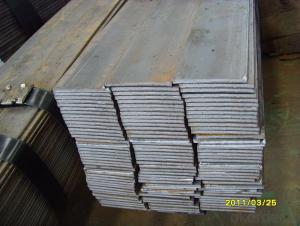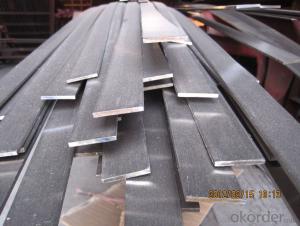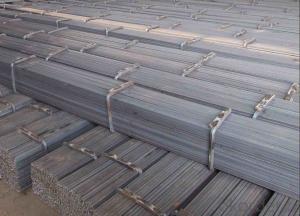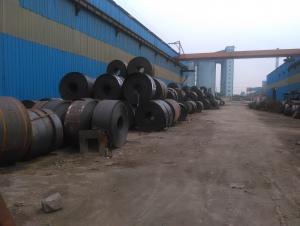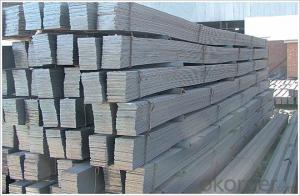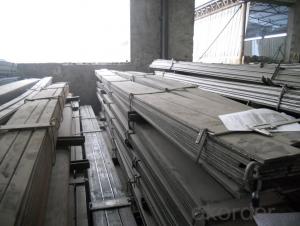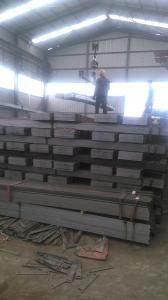high quality flat bar hot rolled GB Q235 3-30MM
- Loading Port:
- Tianjin
- Payment Terms:
- TT OR LC
- Min Order Qty:
- 25 m.t.
- Supply Capability:
- 60000 m.t./month
OKorder Service Pledge
OKorder Financial Service
You Might Also Like
lat bar Details:
| Minimum Order Quantity: | Unit: | m.t. | Loading Port: | ||
| Supply Ability: | 10000 | Payment Terms: | Package: | Steel Packing |
Product Description:
Product Description:
Specification of Mild Steel Flat Bar
Commodity: Mild Steel Flat Bar
Standard: GB;JIS
Material: Q195-235;SS400
Brand name: FLATSPACE
Origin place: China
Thickness: 3mm-30mm
Width:20mm-200mm
Length: Max 12m
Certification: SGS/BV
Chemical composition of Q235
Alloy No | Grade | Element(%) | ||||
C | Mn | S | P | Si | ||
Q235 | B | 0.12—0.20 | 0.3—0.7 | ≤0.045 | ≤0.045 | ≤0.3 |
Physical properties of Q235
Alloy No | Grade | Yielding strength point(Mpa) | Tensile strength (Mpa) | Elongation after fracture(%) | ||||||
Thickness (mm) | Thickness (mm) | |||||||||
≤16 | >16--40 | >40--60 | >60--100 | ≤16 | >16--40 | >40--60 | >60--100 | |||
≥ | ≥ | |||||||||
Q235 | B | 235 | 225 | 215 | 205 | 375--500 | 26 | 25 | 24 | 23 |
Usage/Applications of Mild Steel Flat Bar
Widely used for construction, Machinery manufacturing, Iron tower steel structure, Shipbuilding; Steel grating, Staircase, Bridge, Viaduct, Railway spare parts, Boilers making etc.
Packaging & Delivery of Mild Steel Flat Bar
Packaging Details: The Mild Steel Flat Bars are packed in bundles and loaded in 20 feet/40 feet container, or shipped by bulk cargo ,also we can do as customer's requirements.
Delivery Details:30~45 days upon the receipt of buyer payment by T.T. or L/C.
Production Flow of Mild Steel Flat Bar
The Mild steel flat bar is made through three processes:
1.Feeding the material: Feeding the row material (the steel plate) to Slitting Line.
2.Slitting:The steel plate would be slitted into expected width by lengthways cutter.
3. Leveled and cutting: The plat bar would be ground into level by the grinder and then cut into required length
- Q: Please: hot galvanized flat steel and copper clad steel ground!
- Easy to install: use the fusion welding to connect, the joint is firm, stable, easy to use, without any welding tools, can meet the special occasions low resistance requirements.
- Q: What are the different surface defects that can occur in steel flat bars?
- Steel flat bars can exhibit various surface defects, which can arise from the manufacturing process or external factors. Some common defects include: 1. Scale: During hot rolling, an oxide layer called scale forms on the steel surface. This scale appears rough, flaky, or scaly, impacting the bar's appearance and smoothness. 2. Surface cracks: Cracks can occur due to factors like excessive cooling, improper handling, or manufacturing flaws. They vary in size and depth, compromising the steel's structural integrity. 3. Pitting: Small depressions or cavities, caused by localized corrosion from exposure to corrosive environments or improper storage, are referred to as pitting. Pitting weakens the flat bar's strength and durability. 4. Roll marks: The rolling process can leave impressions or patterns on the steel flat bar's surface. These marks occur due to irregularities or imperfections on the rolling mill rolls, affecting the bar's aesthetics and surface quality. 5. Surface roughness: Irregularities or unevenness on the steel flat bar's surface, caused by inadequate cleaning, improper handling, or wear and tear during transportation, are known as surface roughness. High roughness can affect the bar's appearance and functionality, especially in applications that require smoothness. 6. Surface contamination: Steel flat bars are prone to various forms of contamination, such as dirt, oil, grease, or foreign particles. Contamination can occur during manufacturing, handling, or storage, impacting the surface quality and potentially leading to corrosion or other performance issues. It's important to note that the severity of surface defects can vary, as can their impact on the flat bar's suitability for specific applications. Regular inspection, quality control measures, and proper handling and storage practices can minimize the occurrence and impact of these defects in steel flat bars.
- Q: Are steel flat bars suitable for making industrial machinery or equipment?
- Yes, steel flat bars are suitable for making industrial machinery or equipment. Steel flat bars have excellent strength, durability, and resistance to corrosion, making them ideal for constructing heavy-duty machinery or equipment in various industries. Additionally, their versatility allows for easy fabrication and customization to meet specific design requirements and functional needs.
- Q: Are steel flat bars suitable for making signage or display fixtures?
- Steel flat bars are a suitable choice for the creation of signage or display fixtures. Their strength and resistance to wear and tear make them a sturdy and durable option. They can withstand heavy loads and offer stability, making them ideal for fixtures that require the holding and display of various items or materials. Moreover, steel flat bars can be easily customized and shaped to meet specific design needs, enabling the creation of distinctive and attention-grabbing signage or display fixtures. In conclusion, steel flat bars are a dependable option for the construction of long-lasting signage or display fixtures that exude a professional and appealing look.
- Q: How do steel flat bars perform in terms of thermal expansion?
- Steel flat bars have a relatively low coefficient of thermal expansion, meaning they expand and contract less compared to other materials when exposed to temperature changes. This makes them highly stable and resistant to warping or distortion due to thermal effects.
- Q: What is the maximum length-to-width ratio for steel flat bars?
- The maximum length-to-width ratio for steel flat bars is typically around 10:1.
- Q: Are steel flat bars suitable for load-bearing shelves or platforms?
- Yes, steel flat bars are suitable for load-bearing shelves or platforms. Steel is known for its strength and durability, making it an excellent choice for supporting heavy loads. Flat bars provide a solid and stable surface for shelves or platforms, ensuring that they can bear the weight without bending or sagging. Additionally, steel flat bars can be easily welded or bolted together to create a sturdy and reliable structure. Overall, steel flat bars are a reliable and practical option for load-bearing shelves or platforms in various applications, including industrial warehouses, garages, or even residential spaces.
- Q: Are steel flat bars suitable for making brackets or supports for HVAC systems?
- Yes, steel flat bars are suitable for making brackets or supports for HVAC systems. Steel is a strong and durable material that can withstand the weight and pressure of HVAC units. Flat bars provide stability and can be easily shaped or bent to fit the specific needs of the brackets or supports. Additionally, steel has excellent corrosion resistance, which is important for HVAC systems that are often exposed to various environmental conditions. Overall, using steel flat bars for brackets or supports ensures a reliable and long-lasting solution for HVAC installations.
- Q: Are steel flat bars suitable for making brackets or supports for oil and gas pipelines?
- Yes, steel flat bars are suitable for making brackets or supports for oil and gas pipelines. Steel is known for its strength, durability, and resistance to corrosion, making it an ideal material for such applications. The flat bars can provide the necessary support and stability required to hold the pipelines securely in place, ensuring the safe transportation of oil and gas.
- Q: Are steel flat bars resistant to corrosion?
- Yes, steel flat bars are generally resistant to corrosion. Steel flat bars are typically made from carbon steel or stainless steel, both of which have inherent corrosion resistance properties. Carbon steel flat bars are often coated with a protective layer, such as zinc or paint, to enhance their corrosion resistance. Stainless steel flat bars, on the other hand, contain a higher percentage of chromium and other alloying elements, which form a passive layer on the surface that protects against corrosion. However, it's important to note that the level of corrosion resistance can vary depending on the specific grade and quality of steel used, as well as the environmental conditions to which the flat bars are exposed. Regular maintenance and appropriate surface treatment can further extend the lifespan and corrosion resistance of steel flat bars.
Send your message to us
high quality flat bar hot rolled GB Q235 3-30MM
- Loading Port:
- Tianjin
- Payment Terms:
- TT OR LC
- Min Order Qty:
- 25 m.t.
- Supply Capability:
- 60000 m.t./month
OKorder Service Pledge
OKorder Financial Service
Similar products
Hot products
Hot Searches
Related keywords
